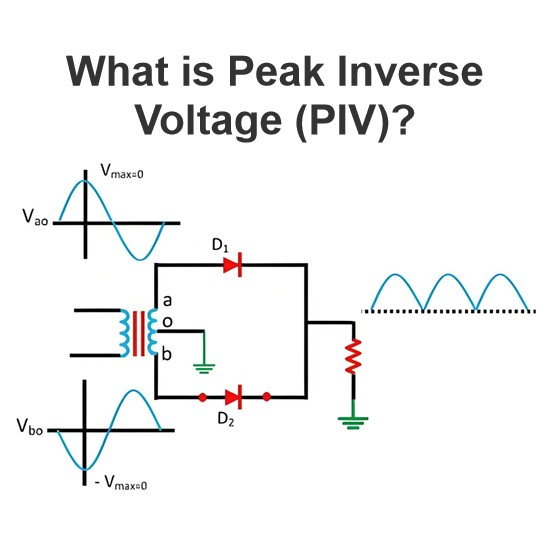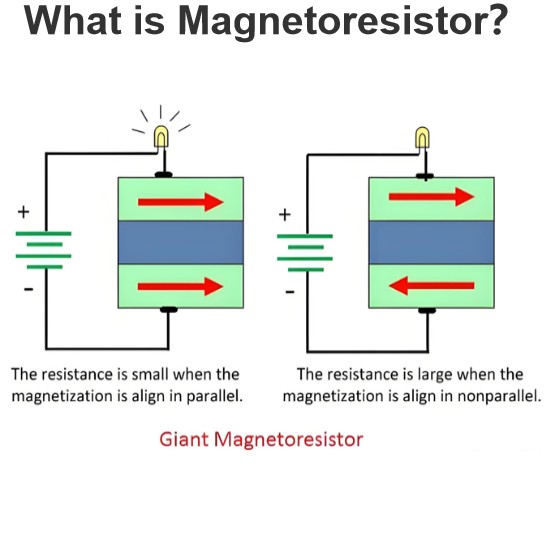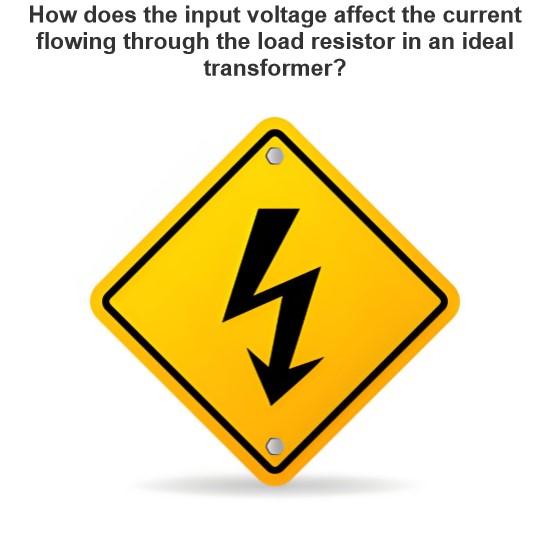Can a normal voltage regulator replace a PWM type charge controller?
Using a normal voltage regulator (such as a linear regulator) instead of a PWM (pulse width modulation) type charge controller for a solar panel to charge the battery at night is not feasible for the following reasons:
Solar panels can't generate electricity at night
Solar panels rely on light to produce electricity. At night, without sunlight, solar panels cannot generate electricity. Therefore, no matter what type of charge controller is used, there is no way to obtain electricity from the solar panel to charge the battery at night.
Charging control mechanism is different
General voltage regulator
Linear voltage regulator: Usually used to stabilize the input voltage at a fixed output voltage, suitable for voltage regulation of DC power supplies. They don't have the ability to detect battery status or control charging.
Characteristics: When the output voltage is higher than the set value, the linear regulator will consume excess electrical energy and lose it in the form of heat. This method is not suitable for battery charging, because it does not effectively manage the charge and discharge process of the battery.
PWM charging controller
Function: The PWM charge controller adjusts the output of the solar panel to match the charging needs of the battery. When the battery is near full charge, the controller lowers the current to reduce the risk of overcharging.
Features: The PWM controller is able to adjust the charging current according to the battery voltage, thereby improving the charging efficiency and protecting the battery from overcharging.
Battery protection and management
General voltage regulator
Lack of protection function: Ordinary voltage regulators do not have overcharge protection, reverse protection and other functions, can not effectively manage and protect the battery.
PWM charging controller
Multiple protection functions: PWM controllers usually integrate a variety of protection functions, such as overcharge protection, overdischarge protection, short circuit protection, etc., which can effectively protect the battery from damage.
Charging efficiency
General voltage regulator
Low efficiency: Using common voltage regulators to control charging is less efficient because they cannot dynamically adjust the charging current.
PWM charging controller
Efficient charging: By adjusting the charging current, the PWM controller can manage the charging process more effectively and improve the charging efficiency.
Diurnal difference
During the day, when the solar panels generate electricity, the PWM controller can effectively manage the power, ensuring that the battery is neither charged nor discharged. At night, there is no light, the solar panels do not produce electricity, so no matter what type of charge controller is used, night charging cannot be achieved.
Sum up
Using a normal voltage regulator instead of a PWM type charge controller to charge the battery at night is not feasible because:
Lack of light: Solar panels cannot generate electricity at night.
Different functions: Common voltage regulators do not have the charge management function of PWM controllers.
Lack of protection: Normal voltage regulators do not provide battery protection.
Efficiency issues: The charging efficiency of a common voltage regulator is lower than that of a PWM controller.
If you want to charge your battery overnight, it is recommended to consider using other sources of power, such as grid power or backup generators, and use the appropriate charging equipment to manage the charging process.
The Electricity Encyclopedia is dedicated to accelerating the dissemination and application of electricity knowledge and adding impetus to the development and innovation of the electricity industry.













